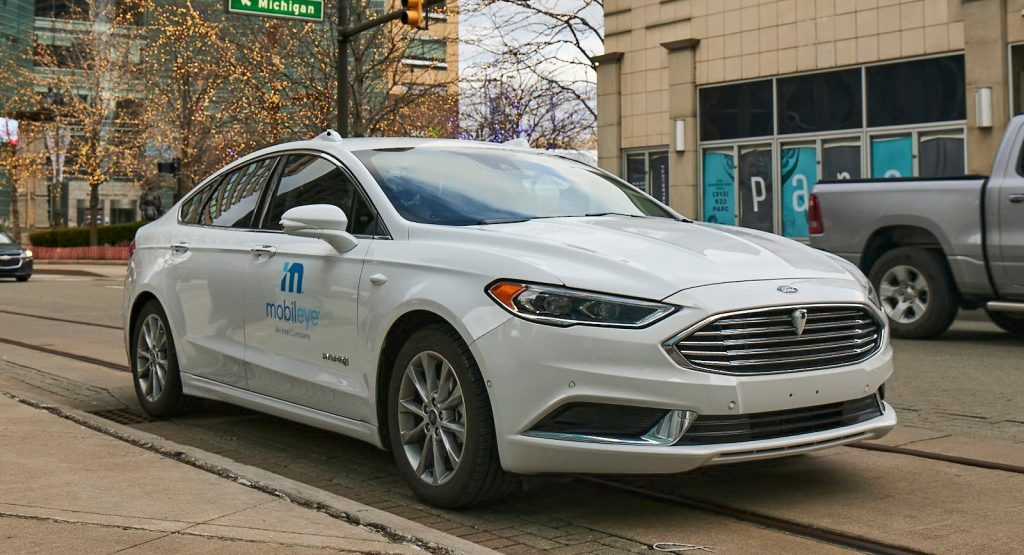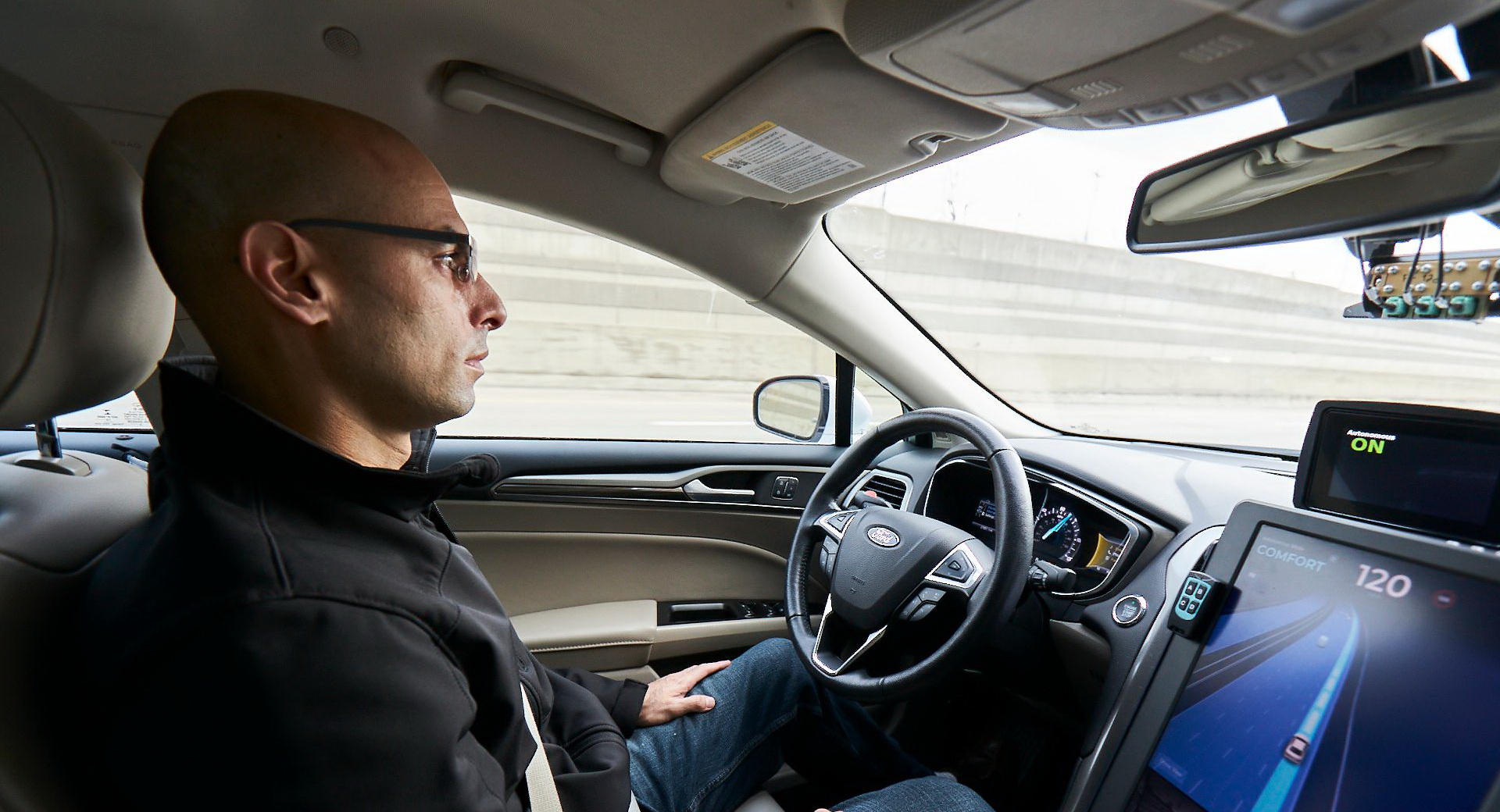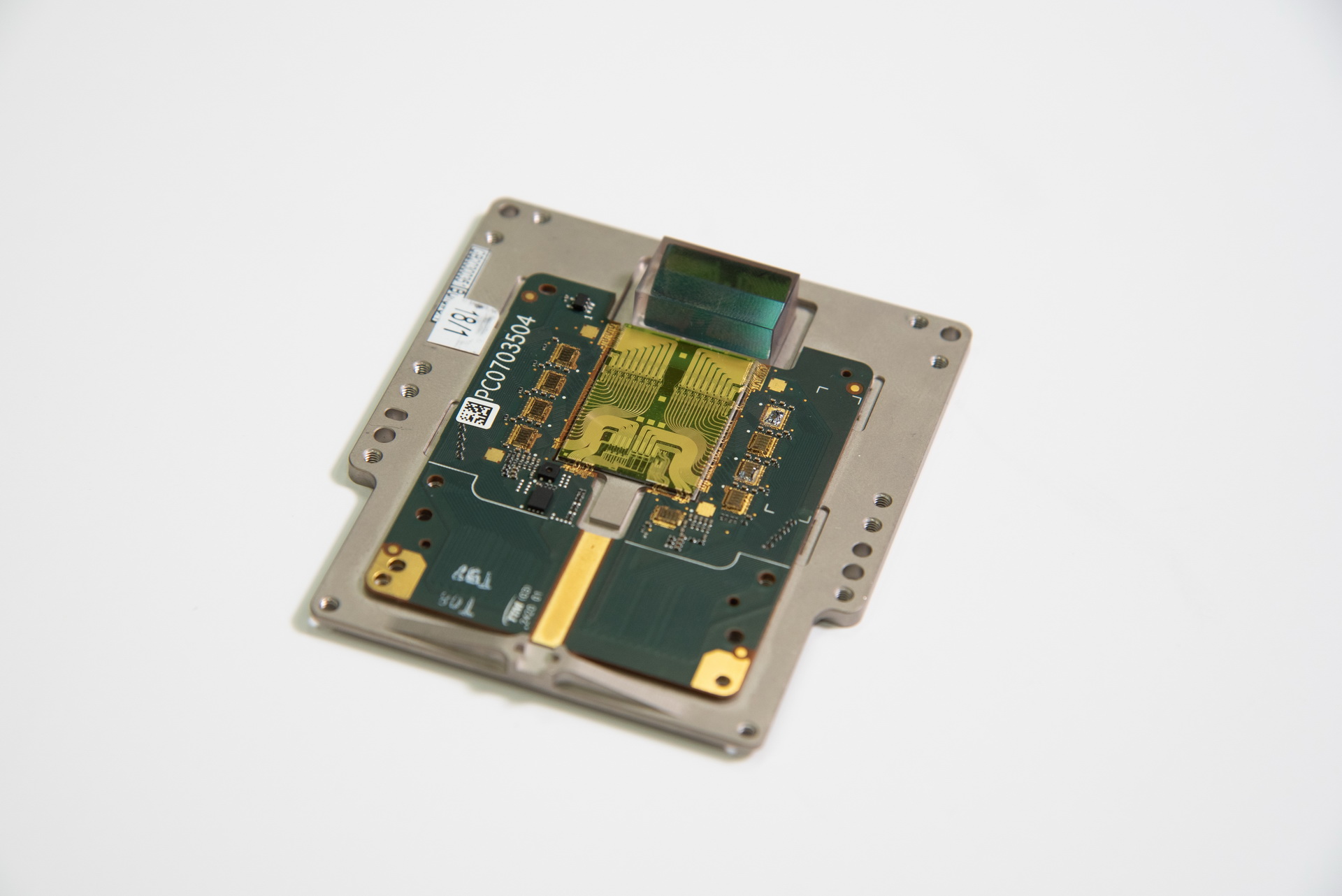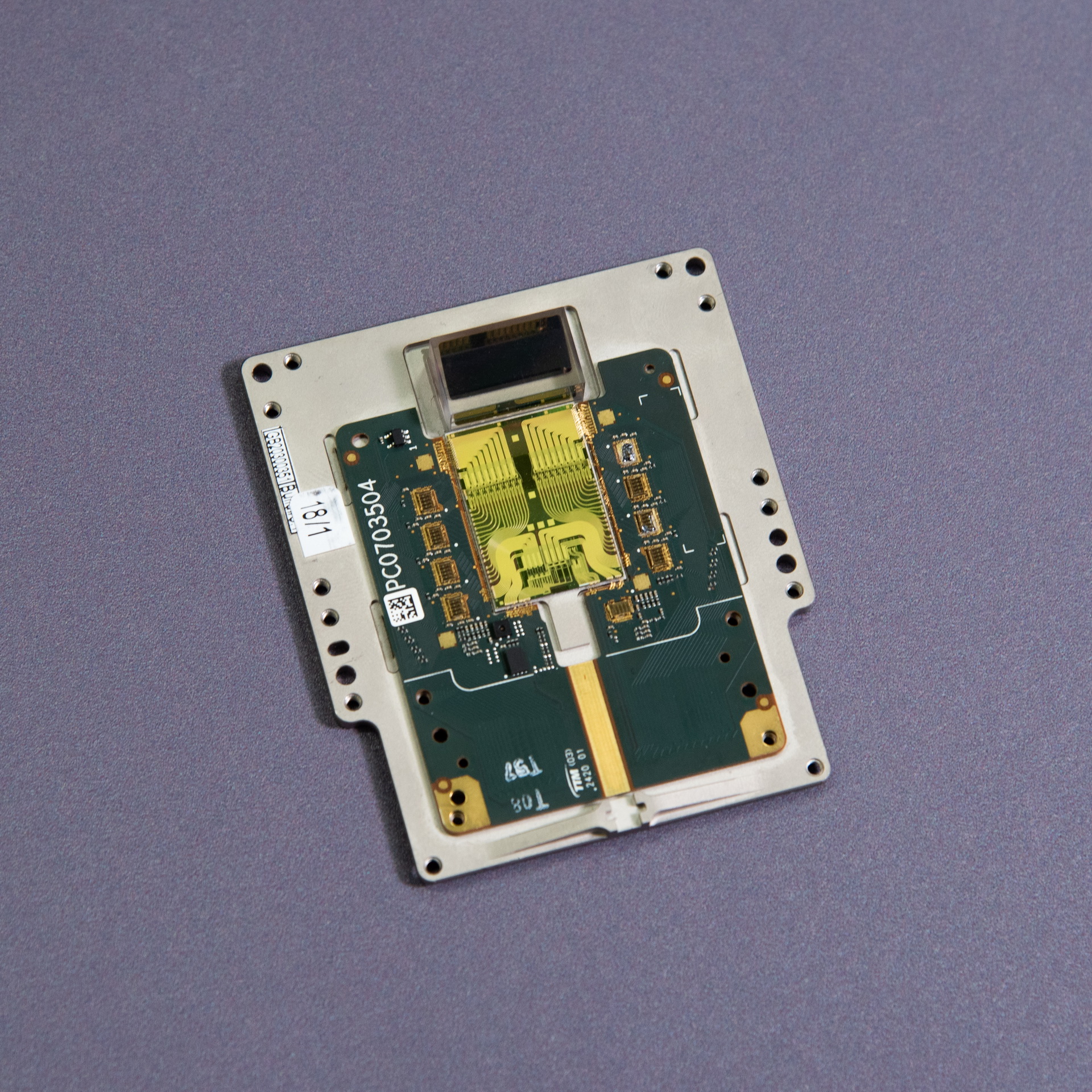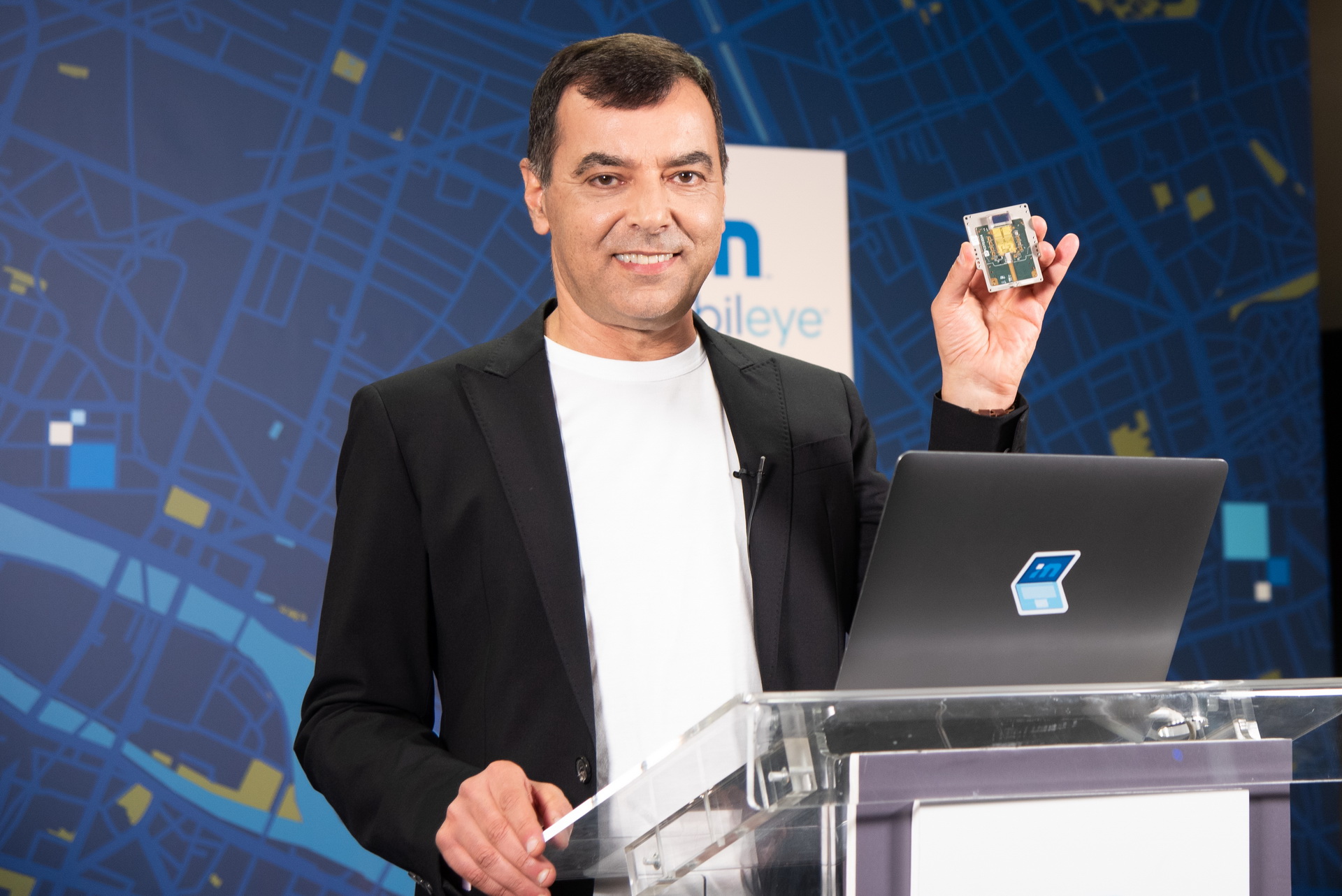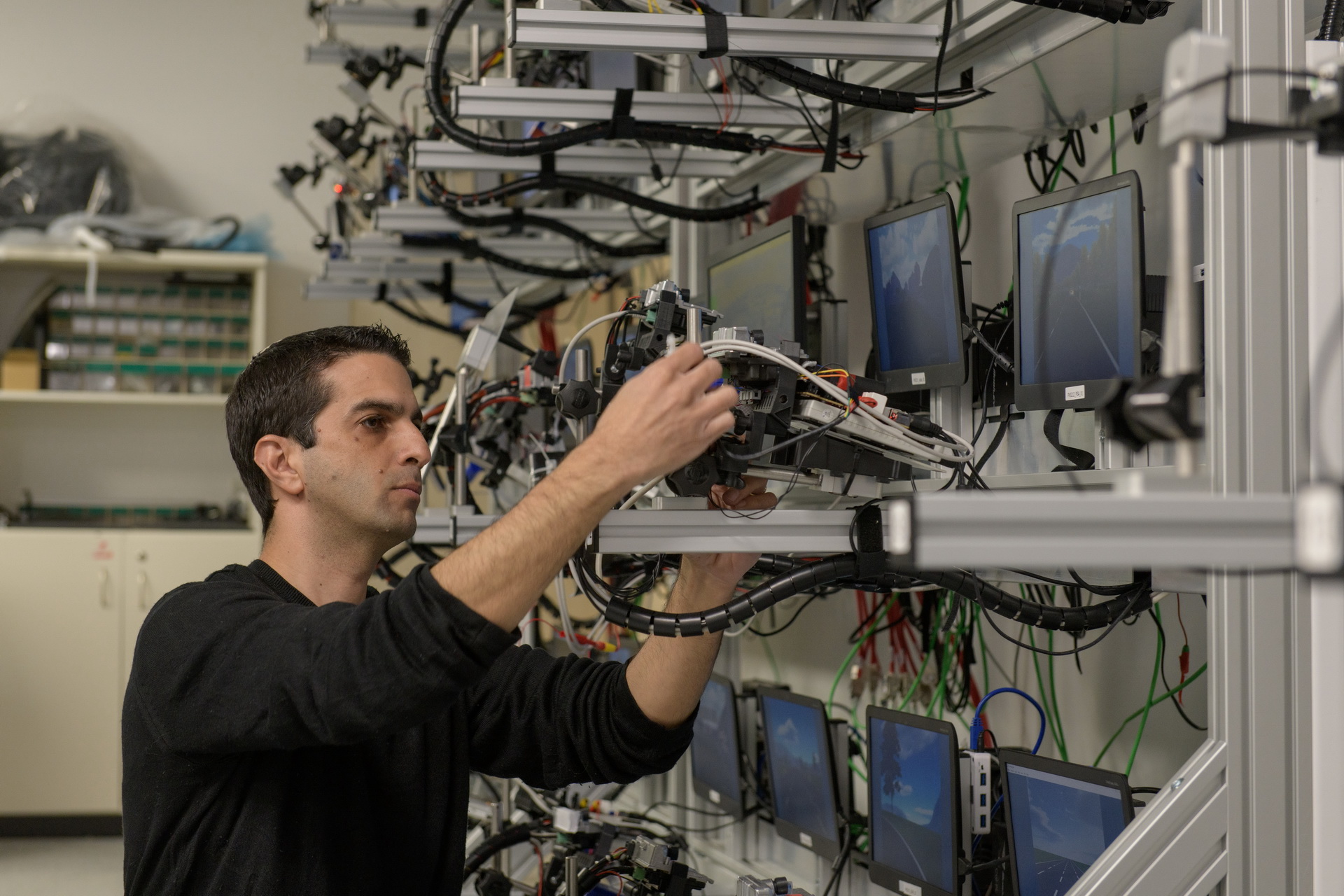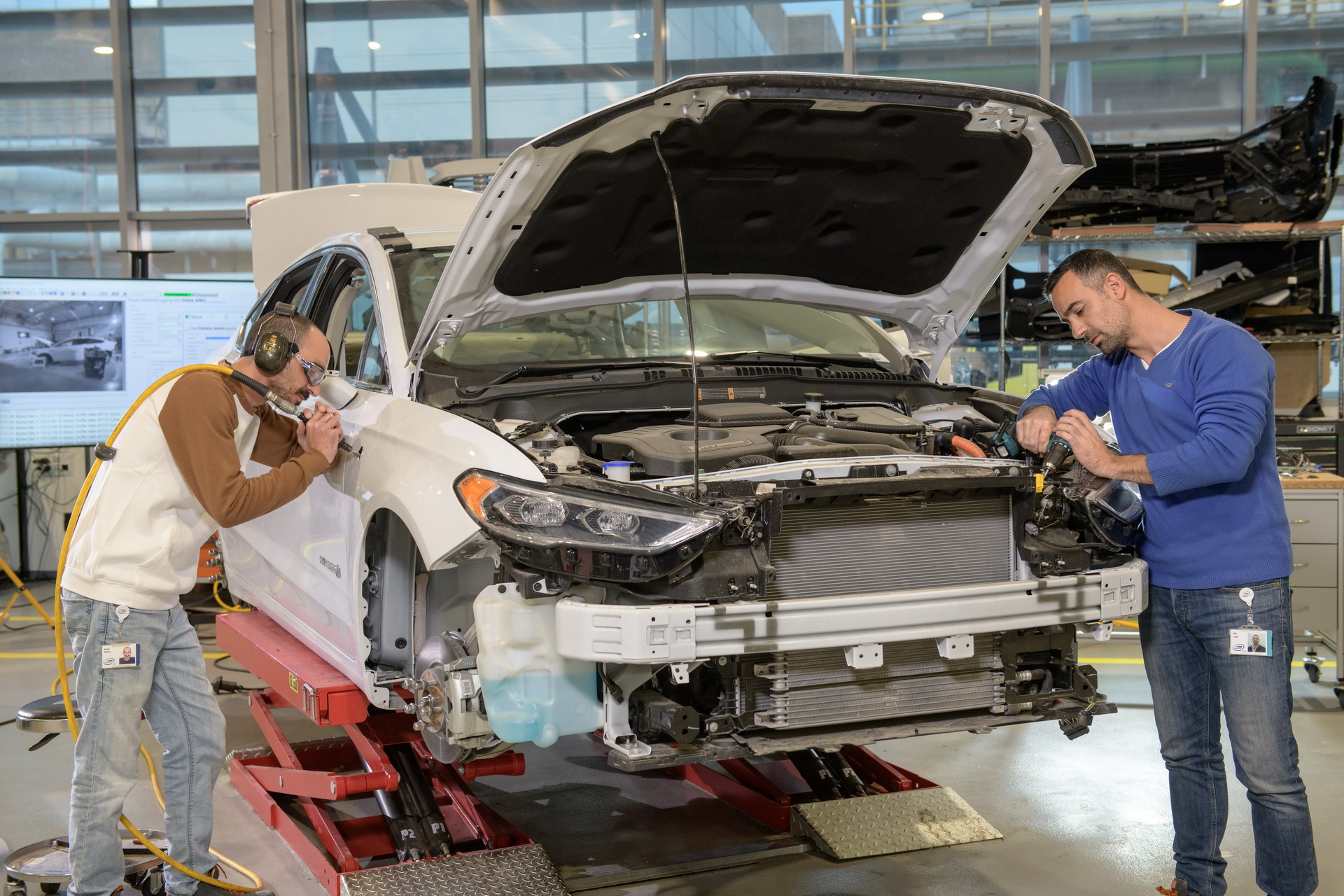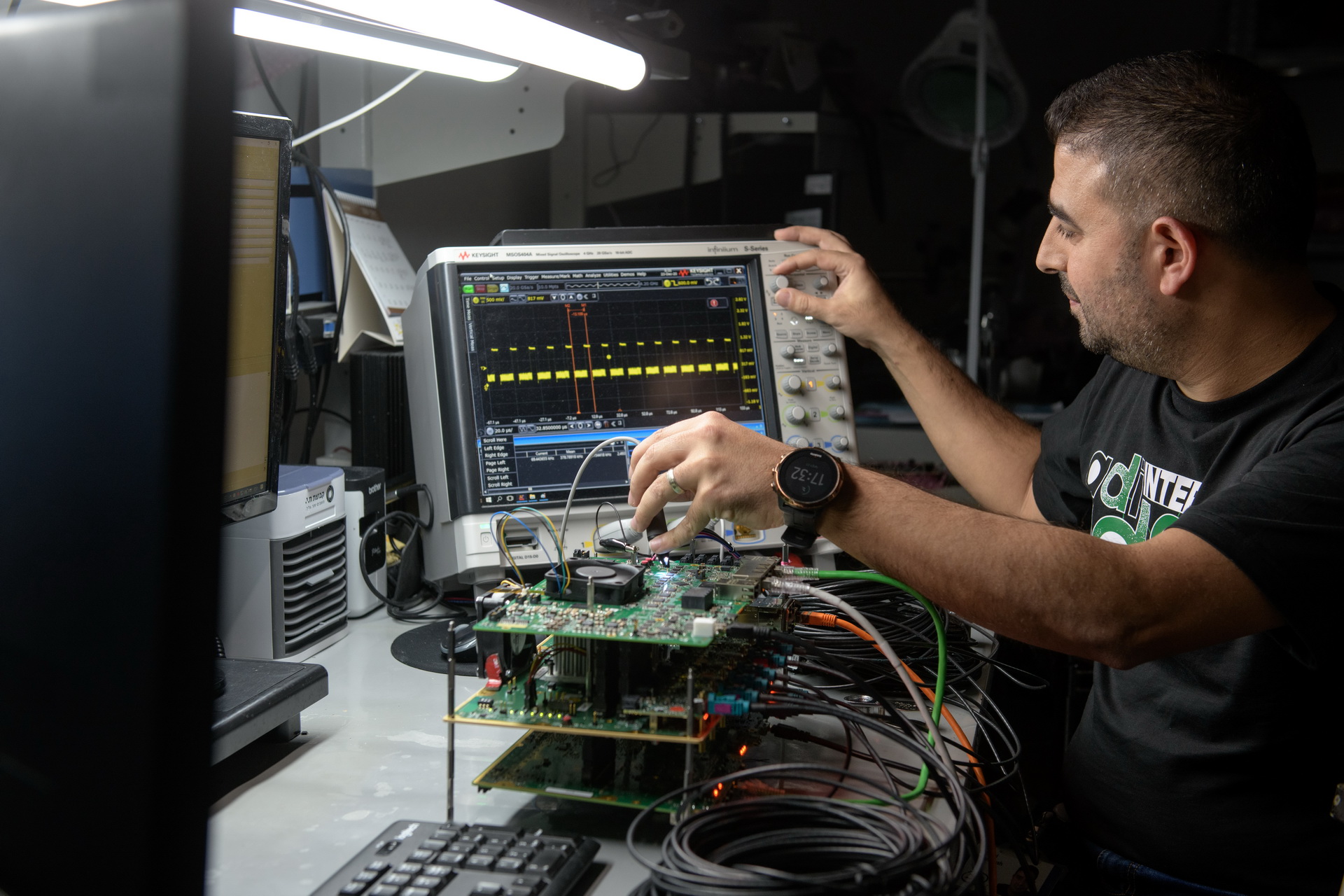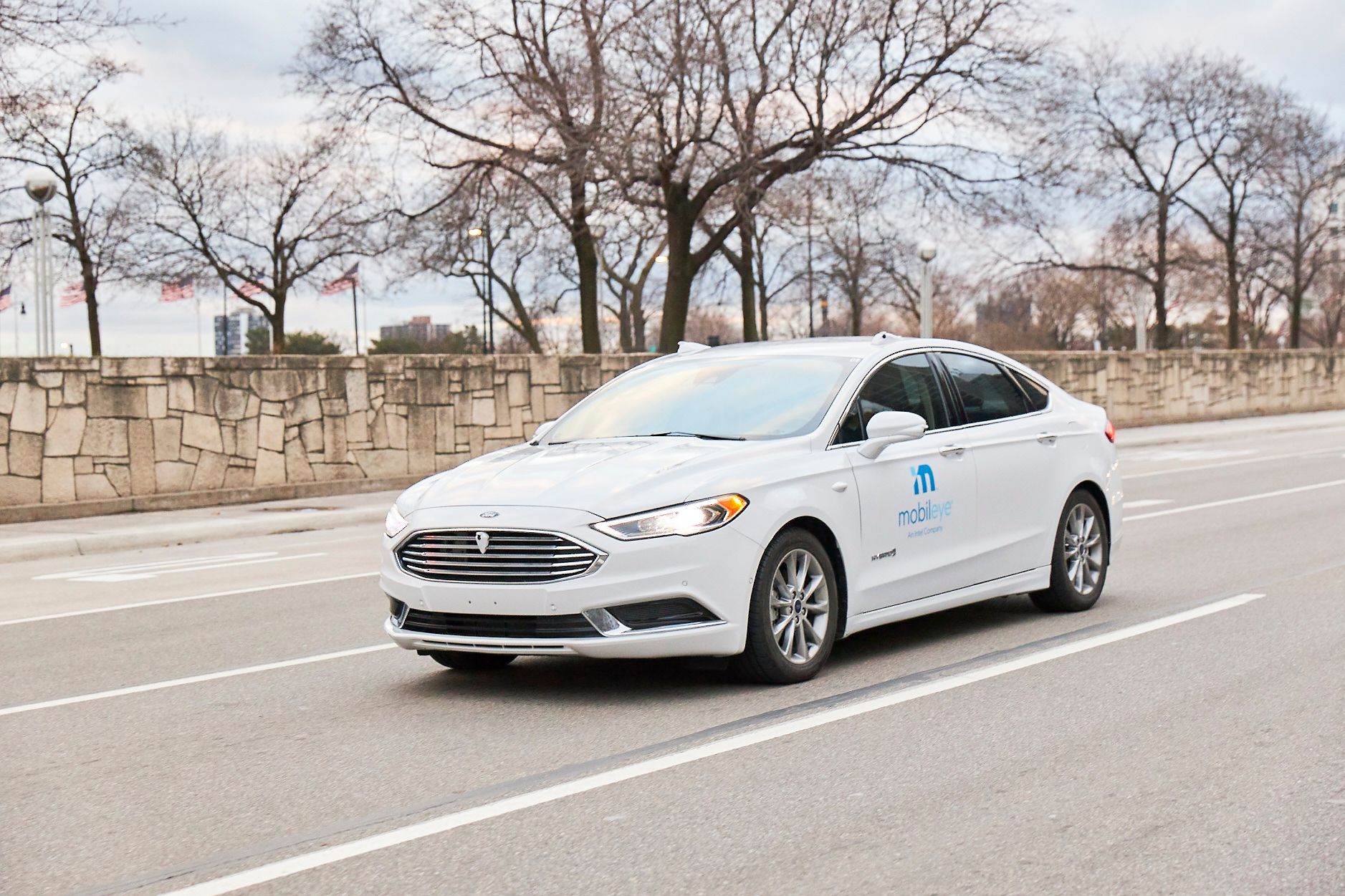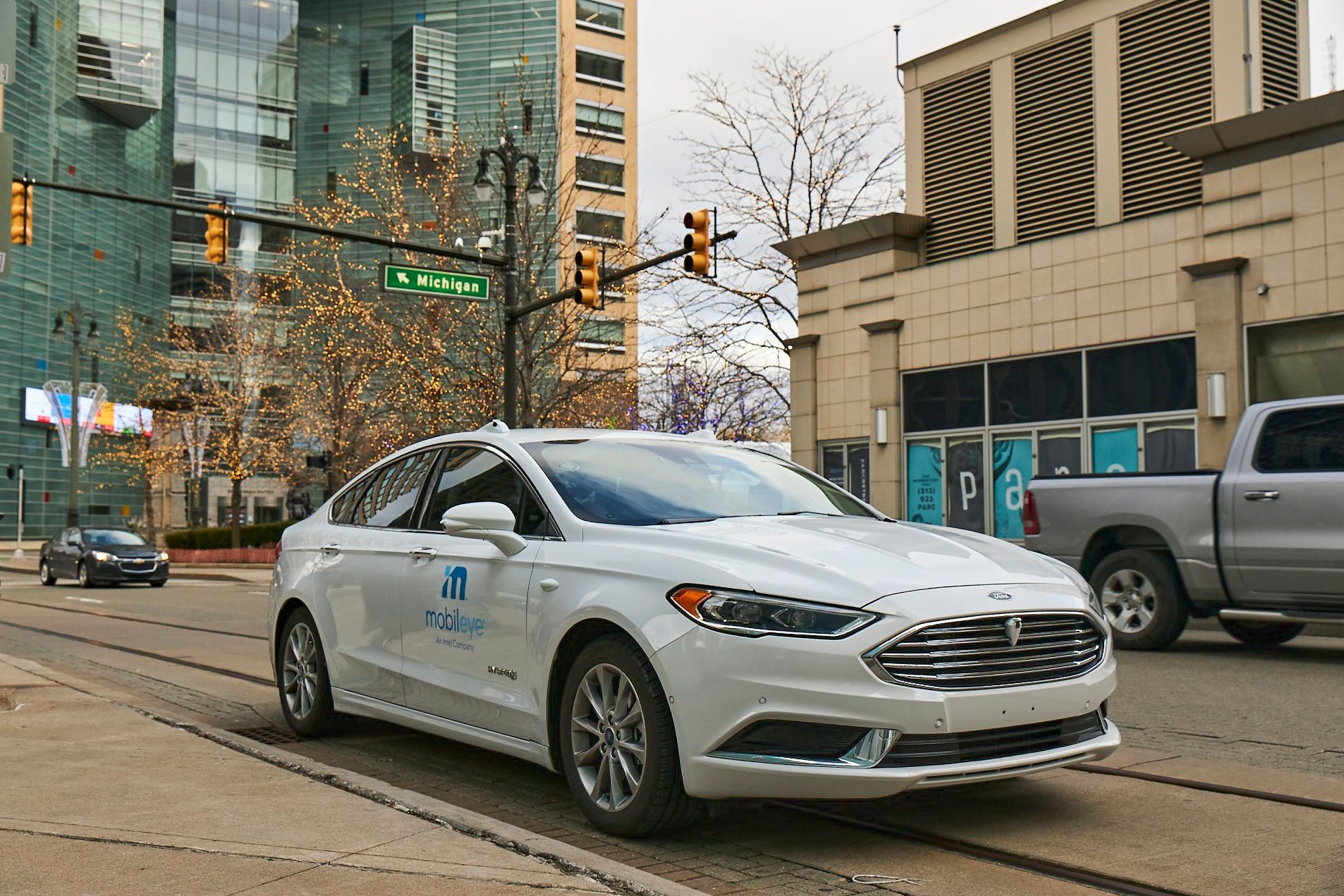Intel’s Mobileye is using CES 2021 as a platform to announce a strategy that will enable autonomous vehicles to safely take over driving duties from us in our day to day lives.
Their plan is focused around areas such as worldwide autonomous vehicle (AV) mapping, new fleets for cities like Detroit, Tokyo, Shanghai, Paris and NYC, a new Lidar system-on-chip (SoC) tech ready in 2025, and a software-defined radar for AVs.
“The backing of Intel and the trinity of our approach means that Mobileye can scale at an unprecedented manner,” said company CEO Amnon Shashua. “From the beginning, every part of our plan aims for rapid geographic and economic scalability – and today’s news shows how our innovations are enabling us to execute on that strategy.”
Read Also: BMW Showcasing Next-Gen Display And iDrive At CES 2021
Mobileye’s solution will ultimately come down to getting the technology down to an affordable cost, in line with the market for future AVs. This is where things like their inexpensive camera come in – this being the primary sensor, combined with a secondary, “truly redundant” sensing system that’s said to be at least three orders of magnitude safer than if a human was in control.
Their radar technology features 2304 channels, 100DB dynamic range and 40 DBc side lobe level, which all-together enable the system to take a significant leap in performance, aided by state of the art signal processing, rich raw detections and multi-frame tracking.
Shashua also talks about how Intel’s specialized silicon photonics fab can put active and passive laser elements on a silicon chip.
“This is really game-changing,” he said. “And we call this a photonic integrated circuit, PIC. It has 184 vertical lines, and then those vertical lines are moved through optics. Having fabs that are able to do that, that’s very, very rare. So this gives Intel a significant advantage in building these lidars.”



